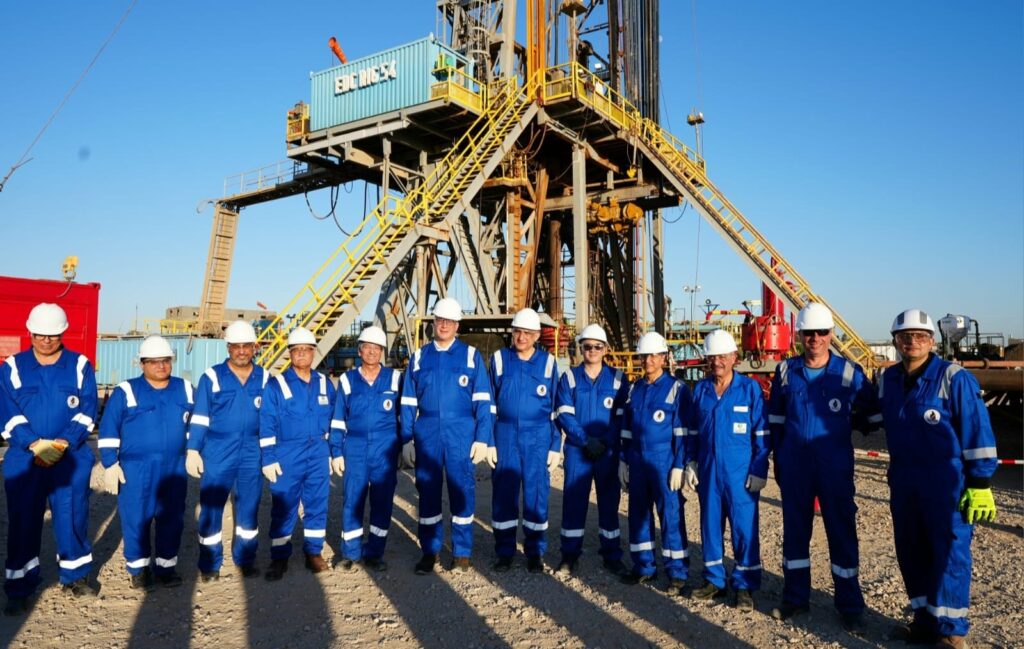A team from El Wastani Petroleum Company (WASCO) restored production from the Balsam-3 well, which had been slated for permanent abandonment. The well yielded approximately 5 million standard cubic feet of gas per day (mmscf/d), adding 4 billion cubic feet (bcf) of natural gas to the company’s reserves.
After the depletion of its original producing layer ‘Qawasim’, and despite challenges such as limited data about its prospects and the absence of wireline logs for the Kafr El Sheikh formation, the team conducted an in-depth study of this layer using various indicators. They analyzed gas ratios during drilling and employed advanced seismic analysis and adjusting and verifying the accuracy of the used instruments, ultimately identifying a promising zone within the shallow Kafr El Sheikh formation’s Pliocene epoch’.
The results from the Balsam-3 well provided a positive incentive to continue operations and explore similar opportunities within the Kafr El Sheikh formation. This is expected to contribute to increased production in the near term with low costs and high economic viability.
The step aligns with the first pillar of the Ministry of Petroleum and Mineral Resources’ strategy, to maximize local production and utilize the full potential of mature fields by using low-cost, high-impact solutions, according to a statement by the Ministry. Furthermore, it marks the second achievement for WASCO in a single month. The company’s team successfully drilled the appraisal well, Begonia-2, onshore the Nile Delta, which yielded a daily production rate of around 7 mmscf/d and approximately 200 barrels of condensate.
WASCO, Dana Gas’ joint venture in Egypt, is a leader in petroleum exploration and production. Its mission is to maximize production and increase reserves in Egypt.
The Kafr El Sheikh Formation from the Pliocene epoch is primarily composed of thick layers of clastic sediments, with 98% being shale. These sediments were deposited by the Nile Delta. The gas-bearing sand formations within Pliocene layers are notable for having lower velocity and density ranges than the surrounding shale.




